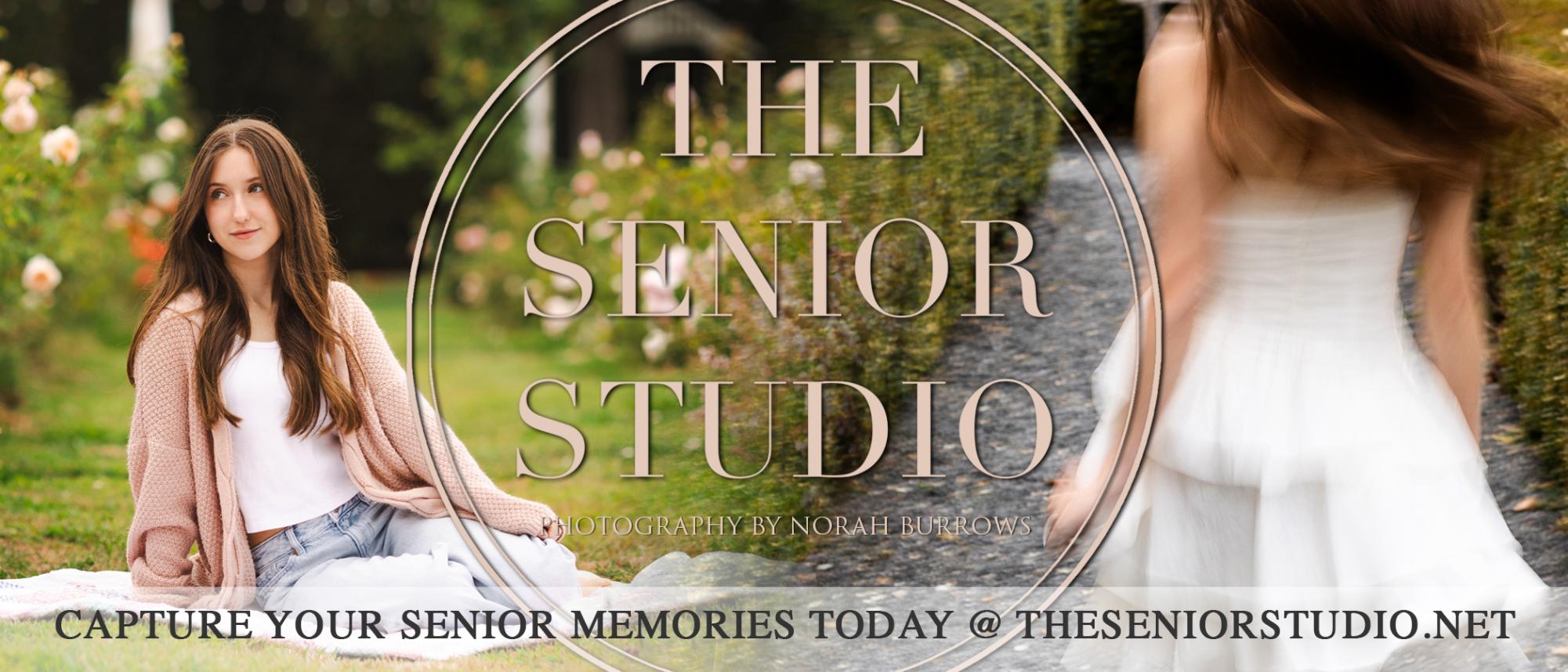It’s Time To Do Something About Gun Control
April 16, 2018
In April of 1996, Australia experienced the worst mass shooting in its history. 35 people were killed and 18 others wounded when 28-year-old Martin Bryant opened fire in a popular tourist visitation spot in Port Arthur, Australia. It didn’t matter that he had little to no experience with firearms – he had a semi-automatic rifle (easily operated, little recoil, and no training needed to mow down dozens of citizens).
Australia reacted. Within weeks, the National Firearms Agreement had been passed, banning automatic and semi-automatic rifles, along with pump action shotguns. The Australian government also bought back over 640,000 guns from citizens and placed strict restrictions on gun ownership. They now have 28-day waiting periods and background checks required for anyone wanting to purchase a gun. Not only did mass shooting rates drop, but so did those of homicides and suicides.
In October of 2017, the United States experienced the worst mass shooting in its history. Stephen Paddock, 64, opened fire from the 32nd floor of a hotel during the Route 91 Harvest Festival in Las Vegas, with no less than 23 firearms – many of which were rifles with scopes – all purchased legally in various states in the U.S. 58 people were killed and over 500 were injured.
The U.S. did nothing. We were told “now is not the time for a gun debate.” The mass shooting rates haven’t changed, the “thoughts and prayers” we send in lieu of real change have gotten us nowhere.
So here we are again, stuck in the aftermath of another tragedy. 17 students and staff members in Parkland, Florida, have been taken from us in the 30th mass shooting of 2018. It seems as though we won’t ever learn.
Our politicians’ pockets are being lined by the National Rifle Association; their Congress seats are bought at the cost of children’s lives. The NRA spent over $11 million in the 2016 election in support of Donald Trump, and $20 million more to attack Hillary Clinton. Republican Senator Marco Rubio defended accepting money from the NRA during a town hall meeting with the survivors of the Parkland shooting. He has received over $1 million to fund his campaign, and refused to deny any more contributions, saying that people “buy into his agenda.” He told the Parkland kids that he would support any law that would prevent teenagers like this shooter from “buying rifles.”
It’s an easy move, calling it a mental health issue instead of a gun issue, and one that our president chose to take, calling the shooter a “sick person.” Trump also seemingly forgot about his repeal of a piece of gun legislation aimed at keeping guns away from the mentally ill, signed last February.
In addition, President Trump has called for teachers to carry guns – something that even Senator Rubio opposes. He claims that doing so would make campuses more secure, but it sounds eerily like a rebrand of the NRA’s ideal that more guns make America safer. His idea of ending schools as gun-free zones presents a myriad of concerning issues. Sorry NRA, but more guns means the potential for more violence.
Let’s walk through the steps a gun-carrying teacher would have to follow in order to safely protect their students in the event of a shooting.
First, many lawmakers have proposed the idea of 100 hours of training. This is a very low amount for anyone expected to neutralize a dangerous threat, hence the thousands of hours that police officers spend training.
Second, the gun would need to be stored in a secure area, and many have suggested locked boxes or safes. This may sound safer, but in the event of a real emergency, the teacher wouldn’t have time to unlock the safe and retrieve the gun, and god forbid they lose their keys…
Third, this hypothetical teacher would need to shoot a student in the midst of an incredibly chaotic situation – a student that they probably know and care about. Expecting a teacher to suddenly become a cold-blooded killer is absolutely ridiculous. Teachers’ lives are devoted to helping us learn and grow; they’re taught to comfort and nurture us. If they even managed to pull the trigger, the chance of hitting a random student is much higher than that of actually taking out the threat.
Lastly, if a teacher is holding a gun when the police arrive, it becomes a mess of confusion. There is no way to tell who the threat is and who is only trying to help. It only increases the chance of death for those teachers that would be entrusted with firearms. Every teacher at Analy that I have spoken to has expressed the same opinion: they don’t want to be armed.
When asked if armed teachers would make them feel more protected, Analy students’ overwhelming response was NO. “Adding more guns just increases the likelihood that someone is going to get shot,” said senior Marion Hall-Zazueta. America is the only developed nation where guns are so accessible to the public, and this level of mass shootings is unheard of in other nations. While only accounting for 4.4% of the world population, Americans own 48% of civilian-owned guns worldwide, and the country is home to 31% of global mass shooters.
Our gun problem cannot be solved by adding more guns to the mix. If politicians continue to brush off massacres and make empty promises about fixing the issue, people will continue to die. Change needs to occur, and our long-outdated gun laws need to be made stricter. Lawmakers cannot continue to sacrifice our lives for their cushy seats in Congress or their ignorant belief that their right to own a gun is more important than our right to survive a day at school.
There will be a 17-minute school walkout on Wednesday, March 14th at 10:00 a.m. – one minute for each of the victims of the Parkland shooting. Students are planning to leave class and gather in front of the school during the time of protest.







